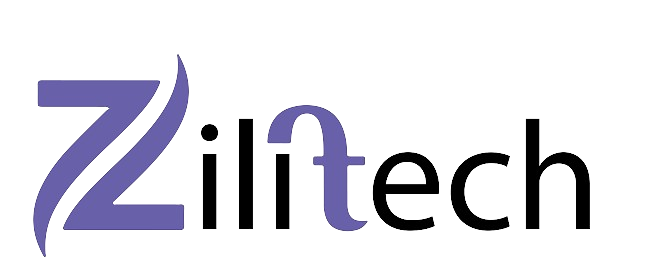Search Engine Optimization (SEO) is a multifaceted digital marketing strategy aimed at increasing a website’s visibility and organic (non-paid) traffic from search engine results pages (SERPs). Here’s a comprehensive overview:
- Keyword Research: Identifying the words and phrases users enter into search engines when looking for information related to your business. Keyword research helps understand user intent and target the right audience.
- On-Page SEO: Optimizing individual web pages to rank higher and earn more relevant traffic. This includes optimizing meta titles, meta descriptions, headings, URL structures, and incorporating target keywords naturally into the content.
- Content Creation and Optimization: Developing high-quality, relevant, and engaging content that satisfies user intent and provides value. Content optimization involves structuring content for readability, relevance, and keyword optimization.
- Technical SEO: Improving website infrastructure and backend elements to enhance search engine crawling, indexing, and user experience. This includes optimizing site speed, mobile responsiveness, URL structure, canonical tags, schema markup, and fixing crawl errors.
- User Experience (UX) Optimization: Ensuring that users can easily navigate and interact with the website. This includes intuitive site architecture, clear calls-to-action (CTAs), fast page loading times, mobile-friendliness, and secure browsing (HTTPS).
- Off-Page SEO: Building a website’s authority and trustworthiness through external signals like backlinks from reputable and relevant websites, social media engagement, and online citations (mentions of your business on other websites).
- Local SEO: Optimizing a website to appear in local search results, particularly important for brick-and-mortar businesses targeting local customers. This involves creating and optimizing Google My Business listings, local citations, and geographically relevant content.
- Monitoring and Analytics: Tracking website performance, keyword rankings, traffic trends, and user behavior using tools like Google Analytics, Google Search Console, and third-party SEO platforms. Analyzing data helps identify opportunities for improvement and measure the effectiveness of SEO efforts.
- Algorithm Updates and Adaptation: Staying informed about changes in search engine algorithms and adapting SEO strategies accordingly. Search engines frequently update their algorithms to deliver more relevant and accurate search results, and SEO practitioners need to stay current to maintain or improve rankings.
- Ethical Practices (White Hat SEO): Following best practices and guidelines set by search engines to improve website rankings legitimately and sustainably. Ethical SEO practices prioritize user experience, quality content, and genuine engagement, avoiding manipulative tactics that could result in penalties.
SEO is an ongoing process that requires continuous monitoring, adaptation, and optimization to keep up with changes in search engine algorithms and user behavior. While it’s a complex and competitive field, effective SEO can significantly increase a website’s visibility, traffic, and ultimately, its success online.


